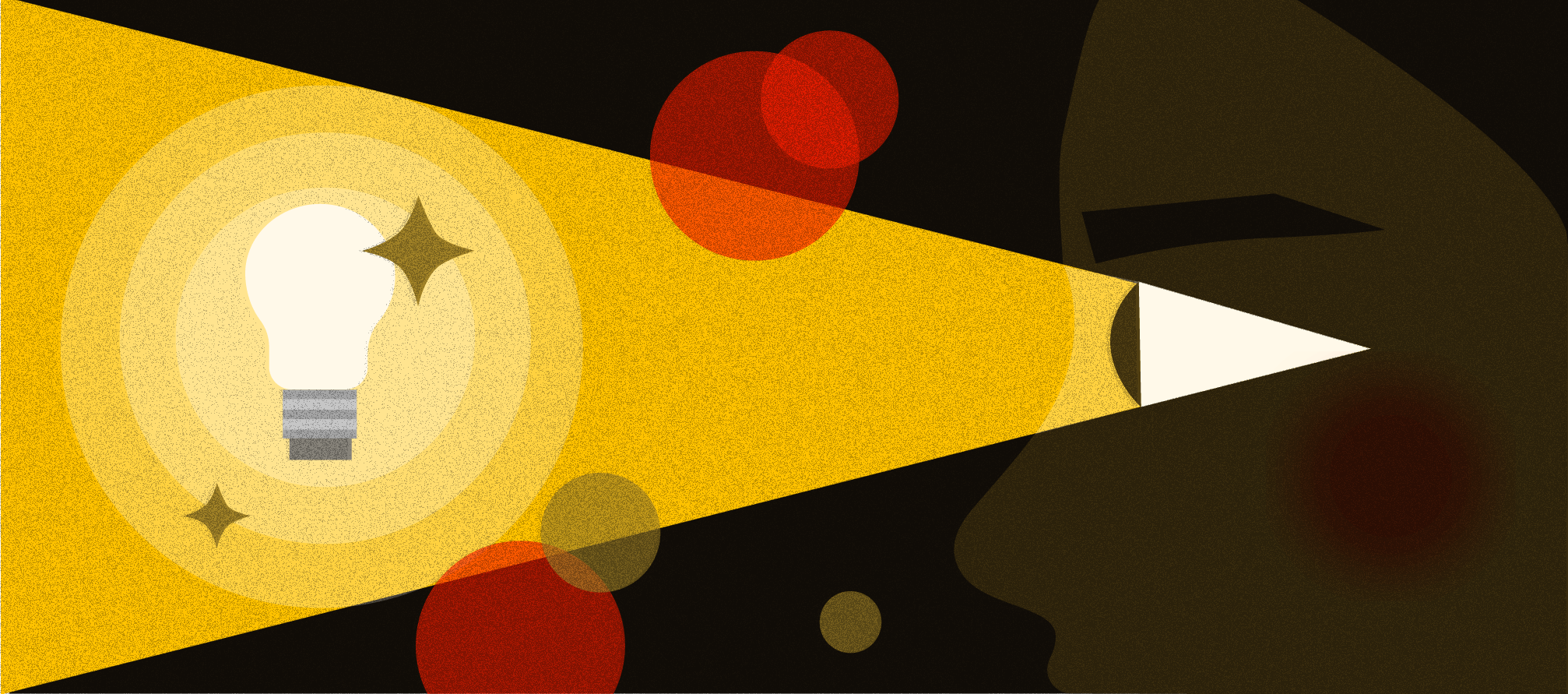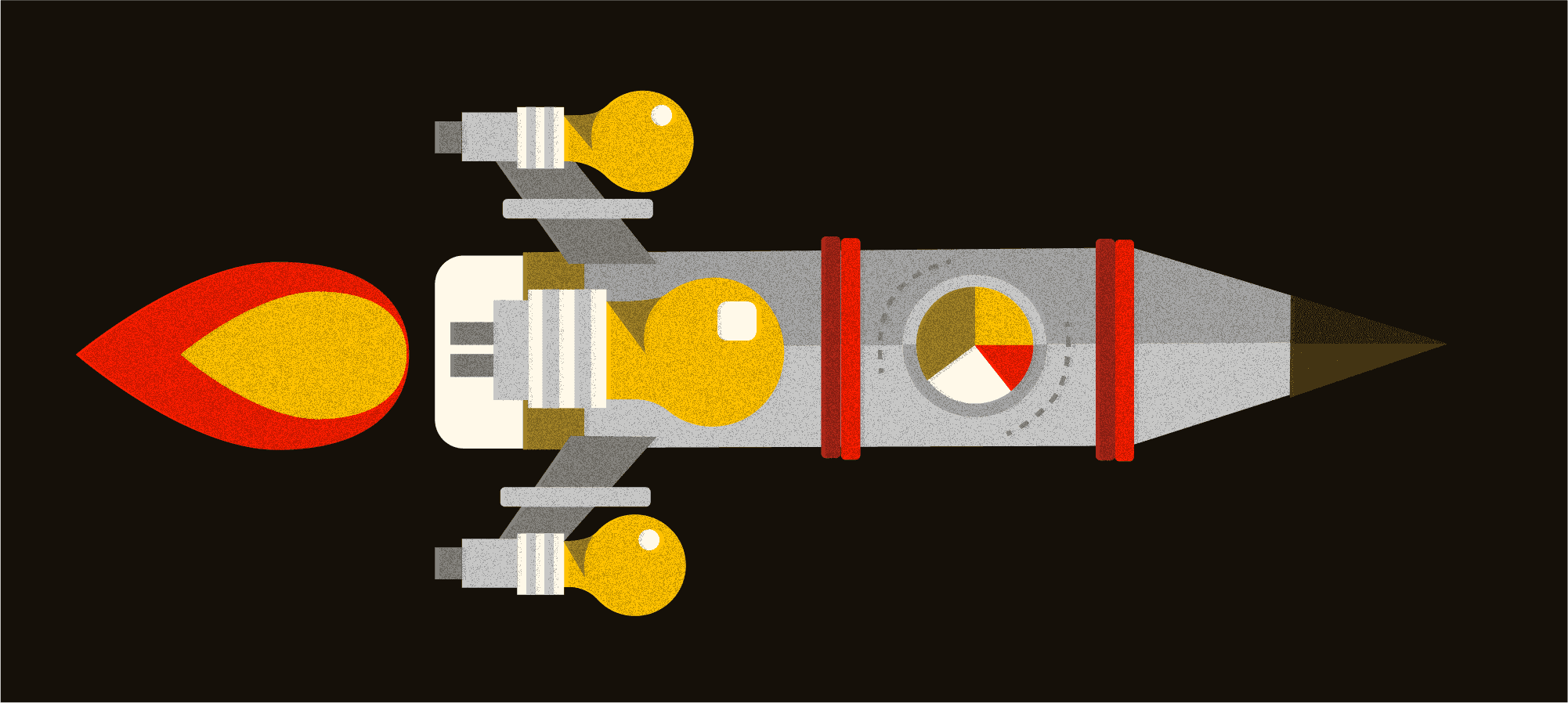Each day there are thousands of new products developed, however most of them fail to hit the market successfully. Why is it so and does it have to do with how they have been developed? Sure it has and here is why! New product development (NPD) as a process plays a major role whether your new product will become a success or failure.
In a series of how-to guides we’re going to tackle the importance of the new product development process, with a goal to help business owners, startup founders or whoever else needs to develop a new product to understand what it takes to get it on the bright (success) side. We’ll also cover each step&activity of the new product development process with detailed explanations and a surprise bonus at the end, stay tuned.
In Part 1 of the New Product Development (NPD) Guide you will learn:
- What is New Product Development?
- Why Does New Product Development Matter?
- How to develop a new product - Step 1: Product Discovery
What is New Product Development and Why Does it Matter?
New Product Development (NPD) refers to all steps related to bringing a product from concept through market launch and beyond. In simple terms, it’s the complete process of a product’s journey and reaching its final destination - the market successfully.
Let's put it this way - you have an idea for a great product or business that solves a big problem, in your opinion something pretty unique and that might disrupt its industry? But it doesn’t necessarily mean that it will since there is a chance that your product or business fails because they were poorly developed. Yes, it has a lot to do with new product development and we’ll explain why.
If you need to develop a new product, it’s very important for you to understand how the process works since there are still a lot of misconceptions about new product development out there. The new product development process includes steps like product discovery to start with, identifying market needs, new product conceptualization, checking against competitors, various design and engineering operations along with validation, testing, costing, launching your product and scaling it, just to name a few.
As explained in one of our previous articles about new product development & design (yes, we love product development so much 😀 ), there’s no ‘one-size-fits-all’ approach to it. After years of developing new products both internally and with our clients for many industries with a proven track record of success (yes, our products are used by millions), we’ve developed our own approach to new product development that actually works. We’d like to share it with you and help you on your NPD journey. We call it - New Product Development the SpiceFactory Way and here it is… And yes, if you need help with your new product development, reach out to us.
How to Develop a New Product - the NPD Process Explained, Part 1
At Spicefactory we apply user-centricity as one of the main approaches to go if you want to develop a great product. It’s not just throwing technology and developing stuff according to requirements that have not been researched or brainstormed, it’s about a holistic approach that has users and end business goals in mind when developing a new product. And here are our secret spices...
Step 1 - Product Discovery

What is product discovery? In short, it’s ‘what to develop” or “developing the right product”. Product discovery is the initiation activity of a new product development process and it has one main objective: to find a problem to be solved by the new product. It is the most complex one and it includes a set of activities as outlined below. There are many established & new businesses that make a mistake and do not go through this very important phase of the new product development process. We don’t want you to be the one and end up developing a product that your customers don’t like.
As we've also covered in our digital product strategy guide, you should start with getting to know your users, existing market and competitors by conducting both qualitative and quantitative research. To learn more about your customers’ true needs, problems to be solved by the product and expectations but also your product requirements and goals, we’d suggest you use a mix of qualitative and quantitative research methods:
- Get available market research data online and gather the existing data from the websites like Statista or similar
- Conduct customer interviews, focus groups, competitors research
- Scope out target customer/user personas, map out your user journey.
Consider the following too:
- Is there a demand for the product?
- Does the product cover a real-life need?
- From a technical perspective, can this product idea be developed? Is it realistic? Do you have funds for the development?
- Analyse competitors - what they do, what are their product’s features, how they market it, set up a benchmark competitor to monitor closely and analyse
- Think about the product pricing from day 1 and keep profitability in mind, do your homework on competitors’ prices.
There are some other approaches to do this, with a goal to develop something that will actually be successful and used by users. Another and one of the most popular approaches is the so-called “Jobs-To-Be-Done or JTBD perspective“. Translated from the tech terms, consumers “hire” products to do the work of helping them make progress; the product does the work, while the consumer enjoys the benefits (progress). If the product can deliver those benefits, the consumer will continue to employ it. If it cannot, the consumer fires it, and something else is considered. This means - rather than thinking in terms of “solutions” (solving a problem for users), think in terms of product jobs or tasks. That is, while developers might have an established conception of why they are building and upgrading their product; possibly customers will think otherwise. The JBTD approach to new product development gives you a valuable insight into consumer motivation. People don’t want to do work or tasks, so that is why we create technologies to do the things we don’t want to do, so we can have more time to do the things we want to do.
Product validation is a next step in the initial product discovery phase. Product validation helps you become 100% certain that what you’re developing a product with an actual market demand for. Without the real product validation, you’re essentially throwing resources into a lottery and hoping you hit the jackpot.
It can do many great things for you such as:
- Saving time and money
- Risk-free product development, helps you with building an MVP (Minimum Viable Product) for rapid testing - the smallest thing you can build that lets you quickly make it around the build/measure/learn loop, and the fastest way to test your assumptions
- It’s your reality check
- It can help you raise brand awareness.
We advise you to perform both live user tests and remote usability testing. Also, we run user surveys to gather quantitative and qualitative data about users and their reactions to the lo-fi design or finished product. The point is that nobody wants to wash money and resources down the drain for the product nobody wants to buy. That’s why it’s crucial to validate the product before spending a single cent. Before you start, you absolutely need to get feedback from others. Product validation is done solely to minimize the risk of implementing a costly but worthless idea.
With the product discovery phase, you develop a profound understanding of customers and then use that knowledge to build vital products for customers. Product discovery plays a key role in helping you decide which features or products to prioritize and build, while setting the stage for achieving product excellence.
Stay tuned, there are more steps explained in details to come…
